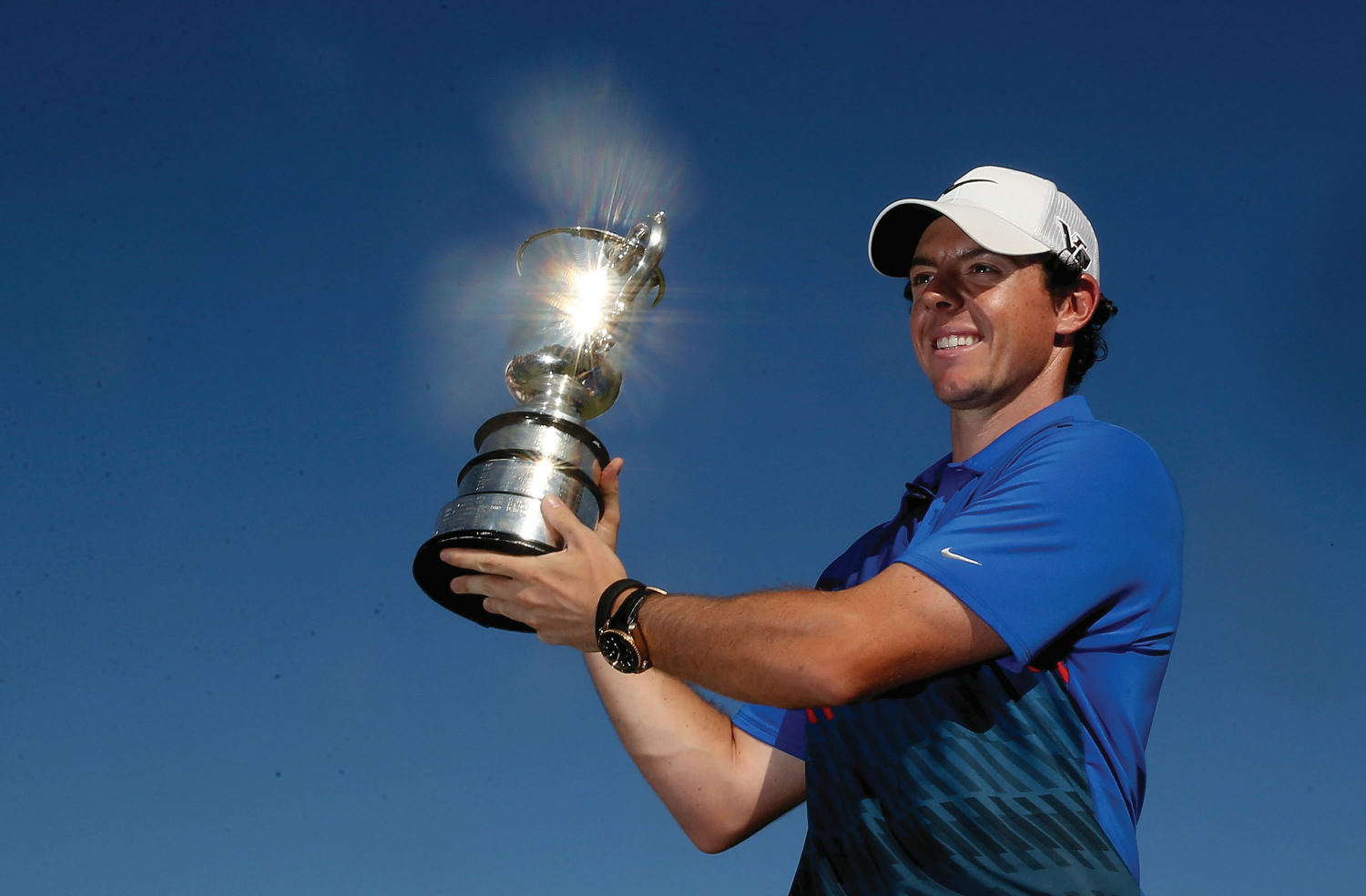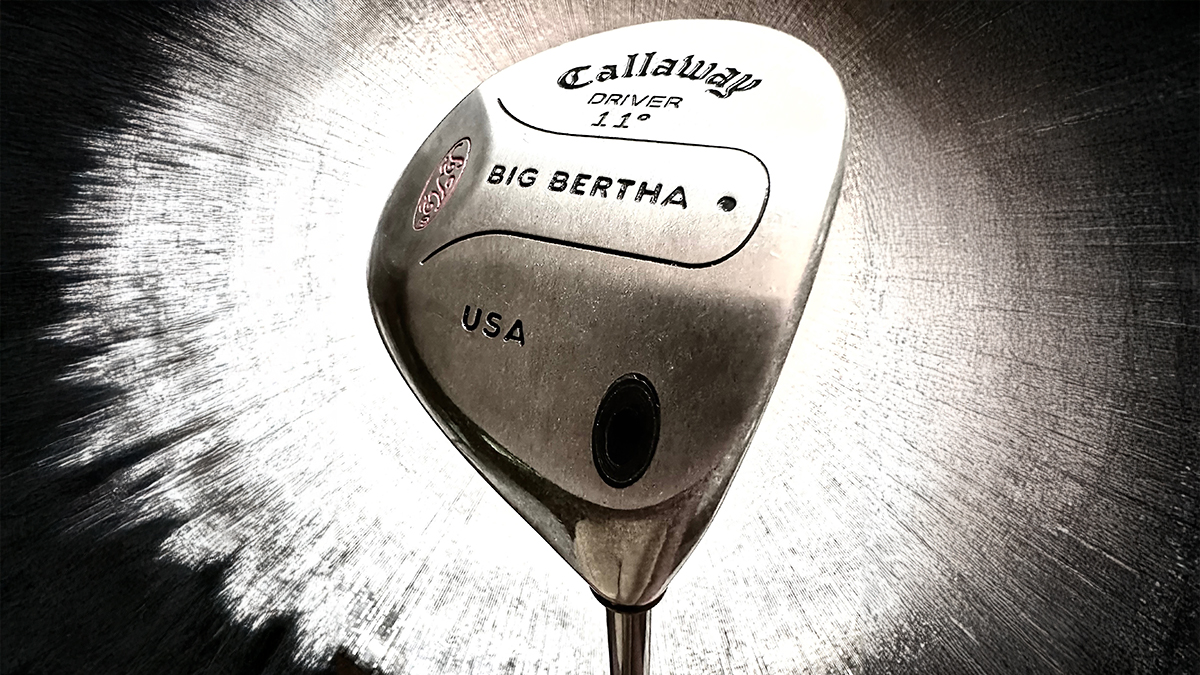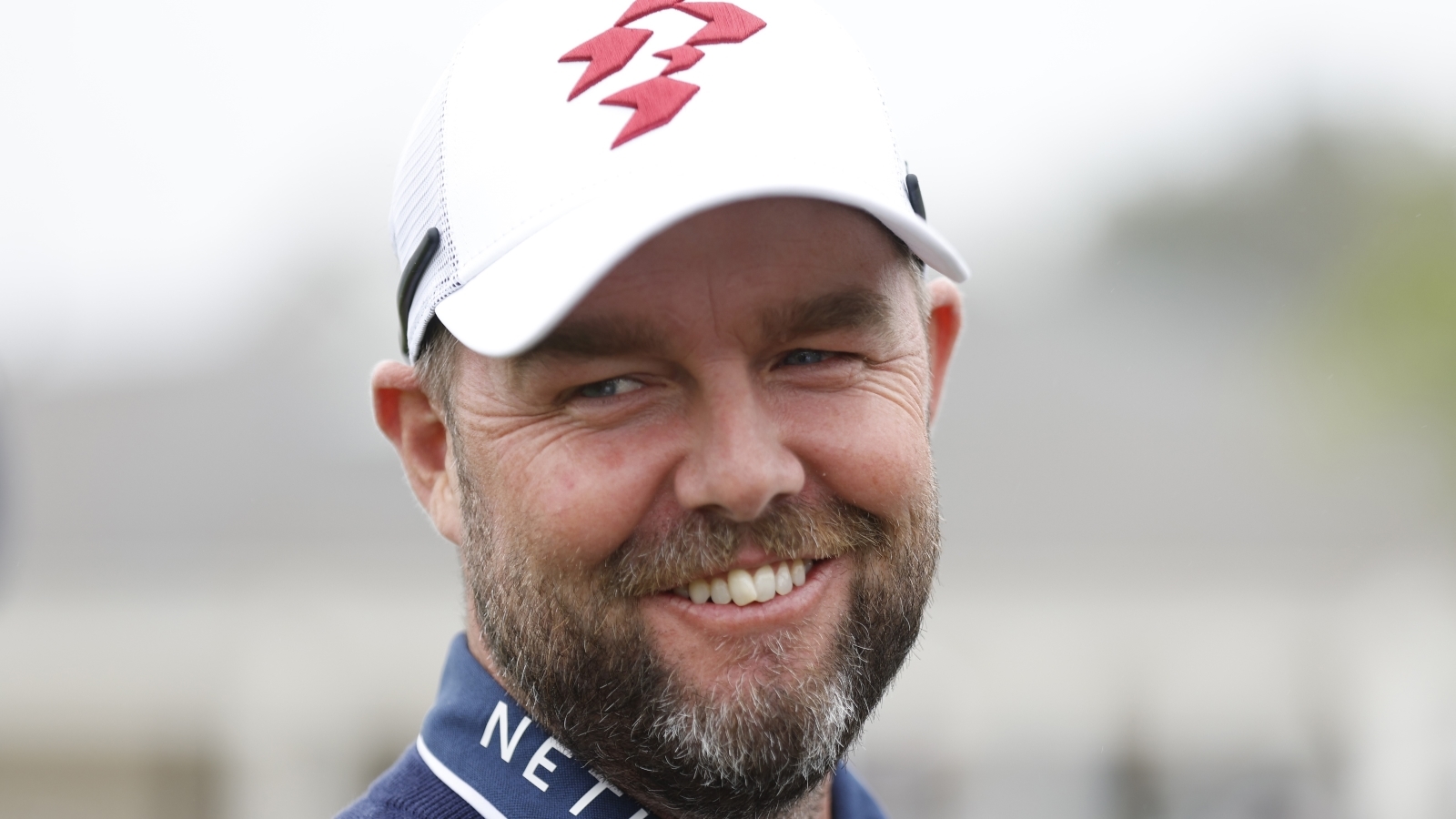Let’s begin by going back six decades. It was 1964 and the Australian Open was played at The Lakes in Sydney. Jack Nicklaus won, beating Bruce Devlin in a play-off. A year later at Kooyonga, Gary Player finished first. In 1966, Royal Queensland played host to Arnold Palmer’s victory. Peter Thomson won in 1967 at Commonwealth in Melbourne. Then it was Nicklaus again in 1968. And Player again in 1969 and 1970, before another Nicklaus triumph in ’71 and Thomson again in ’72.
Even in the face of superstar power, it is possible to argue that the late 1970s and what might be termed the “Kerry Packer era” of sponsorship witnessed the Australian Open at its very best and/or deepest in terms of strength of field. You get the picture. Back then, winning this highly prestigious title was largely the preserve of golf’s true elite. Only the merest hint of hyperbole was required to describe the annual battle for the Stonehaven Cup as the “fifth major”.
“When I won the Australian Open at Metropolitan in 1997, it was still a huge deal,” confirms former world no.1 Lee Westwood. “So it’s very high on my list of accomplishments. It was played on a great course. I was up against the top-ranked player on the planet at the time in the play-off, Greg Norman. I would put it in my top five wins.”
Westwood isn’t alone.
“I regard my Australian Open win at Royal Sydney as one of the best victories of my career,” says Rory McIlroy. “Adam Scott was the Masters champion in 2013. I hadn’t had a great year. It was my last chance to get a win and I did. I went down there and played all four rounds with him and pipped him. That gave me a huge boost of confidence going into 2014. It was a great platform to build on.”
Fast forward to today and it’s a very different picture. Combined with the Women’s Open and the “All-Abilities Championship” this year, the Australian Open will be played across Kingston Heath and The Victoria GC in Melbourne. Two great courses. However, only the stature of the venues has survived the passage of time. Just about every other aspect of this once-proud event, on both sides of the gender divide, has experienced a sharp decline.
This year the very best players in the world will be absent. In relative terms, the prize funds are a fraction of what they used to be. And the date, directly opposite the South African Open (both events are sanctioned by the DP World Tour), is bad enough for the men, but horrendous for the women. Australia’s highest-ranked player, Hannah Green, will arrive in Melbourne from Florida and the LPGA’s season-ending event as late as the eve of the championship. As well, the climax to the Ladies European Tour schedule in Spain clashes directly with the Australian Open.
Australian Open champion of 2009 Adam Scott is a notable non-attendee at this year’s tournament. PHOTO: Getty Images
“There is definitely interest in the Australian Open amongst the LPGA players,” says Green. “But no interest when it is December. We need to be back on the LPGA Tour, as we were pre-Covid, but there are inherent problems. Although I wouldn’t need appearance money to play in my national Open, I know it was expensive to bring a lot of LPGA players down. It was business class flights and stipends. The comparison between the U.S dollar and the Aussie dollar doesn’t help, either. And the tax situation.
“It would be nice if we could be in Australia just before Singapore [in February],” continues Green. “Or just before the first Asia events. But a small purse and a big tax bill doesn’t add up. I understand that it is maybe cheaper to have us in the same place at the same time, but I feel like the women have been overlooked. It is like we have to show up regardless and only because it looks bad if we are not there.”
“I thought pairing the two national Opens would provide a good platform for women’s golf,” agrees Karrie Webb, Australia’s greatest-ever female golfer. “I know the guys think their Australian Open experience has been negatively impacted. In an ideal world, we would find a corporate sponsor who would allow the events to separate. Golf Australia could make the money they want to make and everyone, men and women, would get the opportunity they expect. That is in a perfect world. But, especially in Australia, we don’t live in a perfect world.”
And the format which saw players eliminated after 54 holes as well as 36? Well, hardly anyone loved that and just about everyone was happy to see it eliminated after only one year. Which is not to say many are happy with the way things will be this time round, either.
“The format isn’t ideal for the men or the women,” says Adam Scott, summing up the prevailing mood. “And the two-cut thing didn’t work. You could have been 32nd on Sunday and not even playing in your national Open. I don’t care if you are Cam Smith – who actually missed it a couple of years ago – or a 16-year-old hotshot in his first Aussie Open. You don’t want to be sitting out on Sunday. I would have been gutted if that was me. Overall though, there is a place for different formats, but your national Open is not the place for that.”
Indeed in 2022, only 37 men played 72 holes in the Australian Open, a fact which demeaned the stature and integrity of the event. It was, in the view of just about every player, what happens when businessmen with no feel or attachment to the game start making decisions in areas where they are basically unqualified.
“Our Australian Open has gone from 144 women getting to play, to just over half that number,” points out Webb. “We are definitely getting short-changed in all of this. I keep coming back to the fact the schedule is set by what works for the guys. We are an after-thought. And December is just such an awful time for women’s golf. Everyone is off. No one wants to sanction an event.”
Happily, there might be some light at the end of that particular tunnel, at least for the male players.
“We are in discussions every year on the format,” says Ben Cowen, chief tournament and operations officer for the DP World Tour. “We listen to the players. Things are going to change slightly. We have always had a South African event up against it. We are looking to change that in an attempt to get a stronger field in Australia. Our members are very keen to play on the Sandbelt. That is one of Australia’s biggest assets and the guys love going there. Irrespective of the format, playing on courses like that will mean our guys will want to play.”
There is more to Australian golf than the glorious Sandbelt, of course. Golf Australia magazine writer Mike Clayton is one who would like to see the Open travel more than it has done recently.
“Someone needs to sit down with the state premiers and tell them they can have it every six years,” says Clayton, who was runner-up behind American Brad Faxon at Metropolitan in 1993. “Take it around the country. They could all afford it every six years. There are a lot of really good venues. Royal Queensland, Royal Adelaide, Lake Karrinyup, Seven Mile Beach, Royal Canberra and [the redesigned] Royal Sydney, as well as Royal Melbourne come to mind.”
The bigger picture remains messy, however. Scott’s polite criticism is typical of what most Australian players – men and women – are prepared to say publicly. While many harbour stronger feelings about events for which they continue to retain a deep emotional attachment, going public is not something many others are prepared to do for fear of being labelled “misogynistic”. Scott Hend is one of the few to take a stand out loud.
“The men should play separately from the women,” says Hend, who plays most of his golf on the Asian Tour and the European Senior Tour. “And the money doesn’t matter. Just separate it. Take it back to the great event it was. Play it on the best courses and take it around the country. Have the women the week after the men, or the men the week after the women. It doesn’t matter. But they need to be apart. It detracts from both, the way it is now.
“Everyone wants to be politically correct and pro-equal opportunity,” Hend continues. “But right now it’s insulting to all concerned. We need to get away from the ‘woke’ crap. I don’t give a shit what people think. I just think the championships should be the best things in Australian golf. And they should be held in separate weeks to enhance that fact.”
Such vitriol is nothing Golf Australia hasn’t heard before. However, at least according to its chief executive officer, James Sutherland, there are mitigating factors for the nation’s ruling body.
“I understand that some people are not happy with where we are,” says the former head of Cricket Australia. “The last Open we had at The Australian and The Lakes in Sydney had the biggest crowds we’ve had for 15 years. Broadcast viewership was up 20 percent from the previous year. There are a lot of positive things about the event, although I’m very aware that there are critics out there.
“The format says a lot about what we want golf to be,” Sutherland continues. “The all-abilities players are a small but important component of the event. We do believe golf is a sport for everyone. We want more people playing and the Open is a centrepiece of that. For us, as a governing body, the history and prestige of the Open is important. But it should also be an inspiration for the next generation. There is a purpose to what we do. We are consciously exploring opportunities which will allow the men’s and women’s Opens to stand on their own two feet in the future.”
Part Two of John Huggan’s Feature will appear on Golf Australia magazine‘s on Wednesday 27-November.





